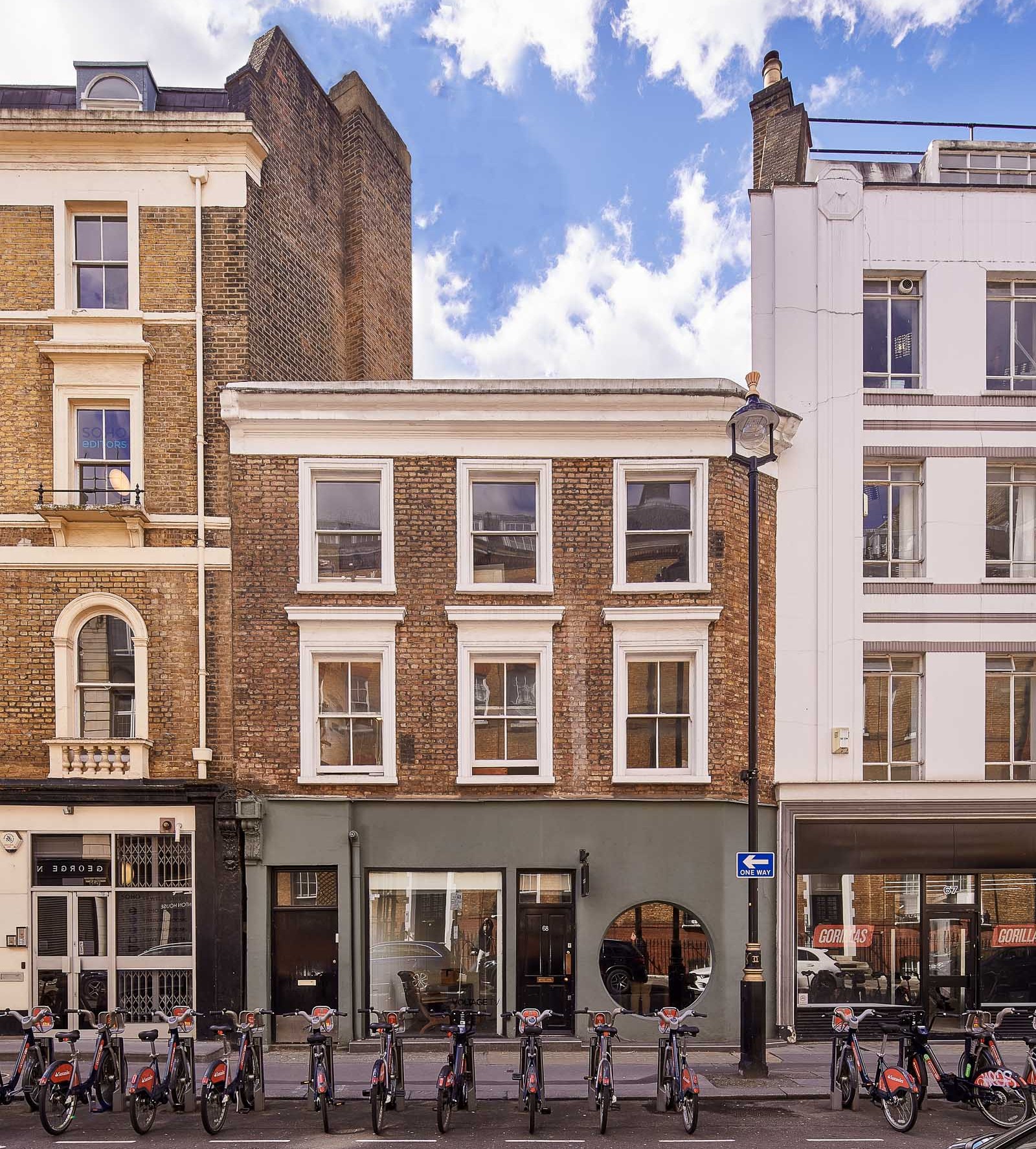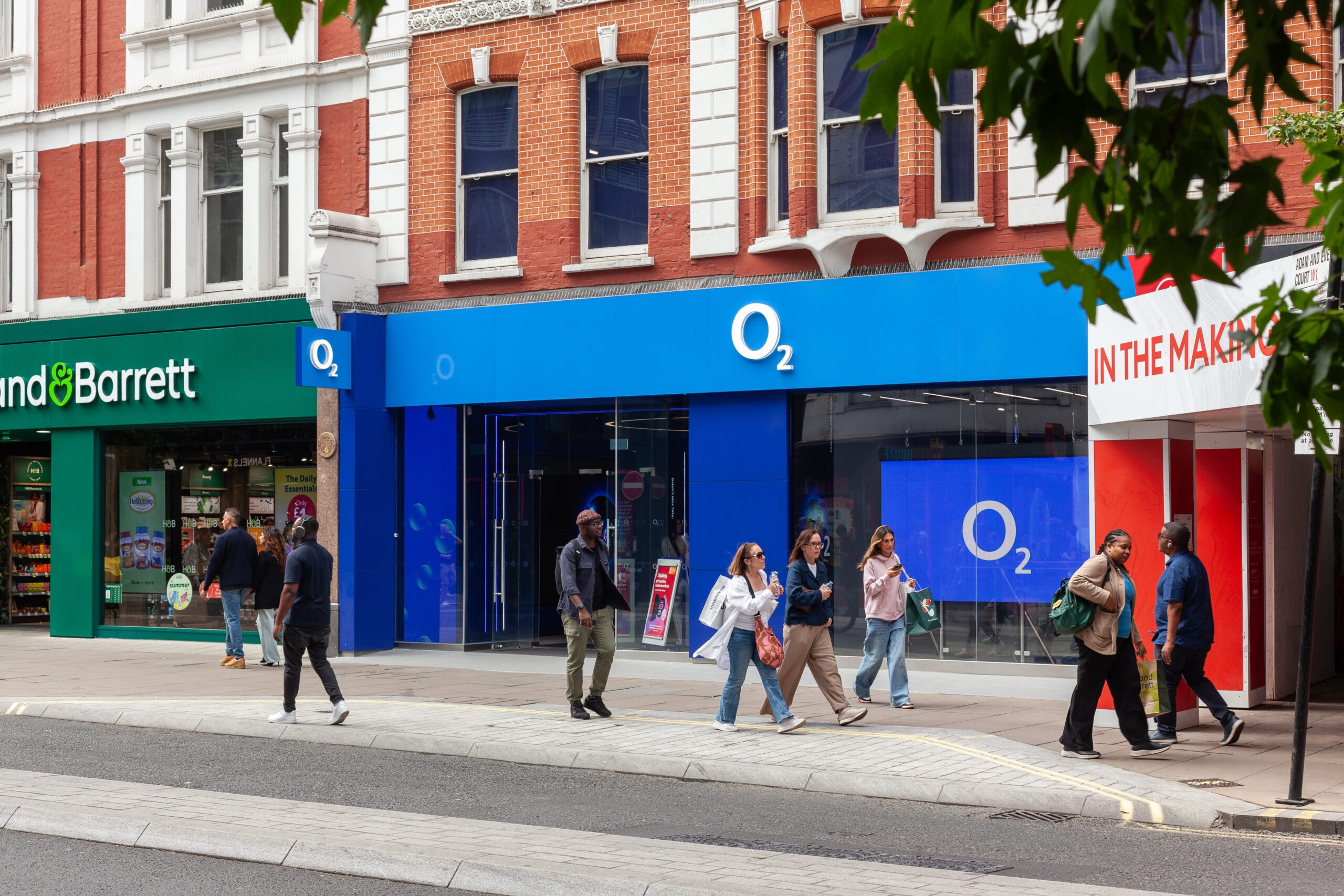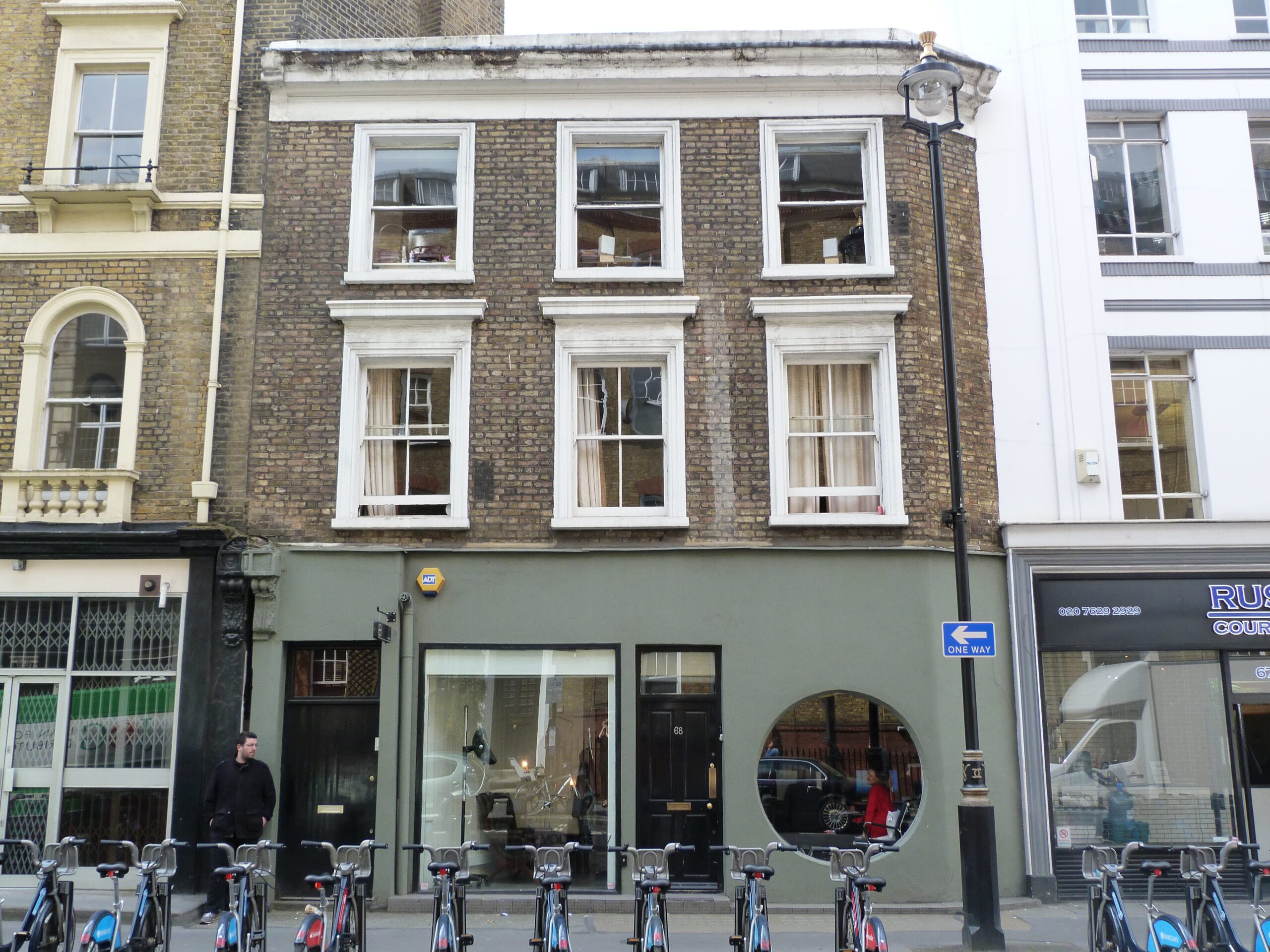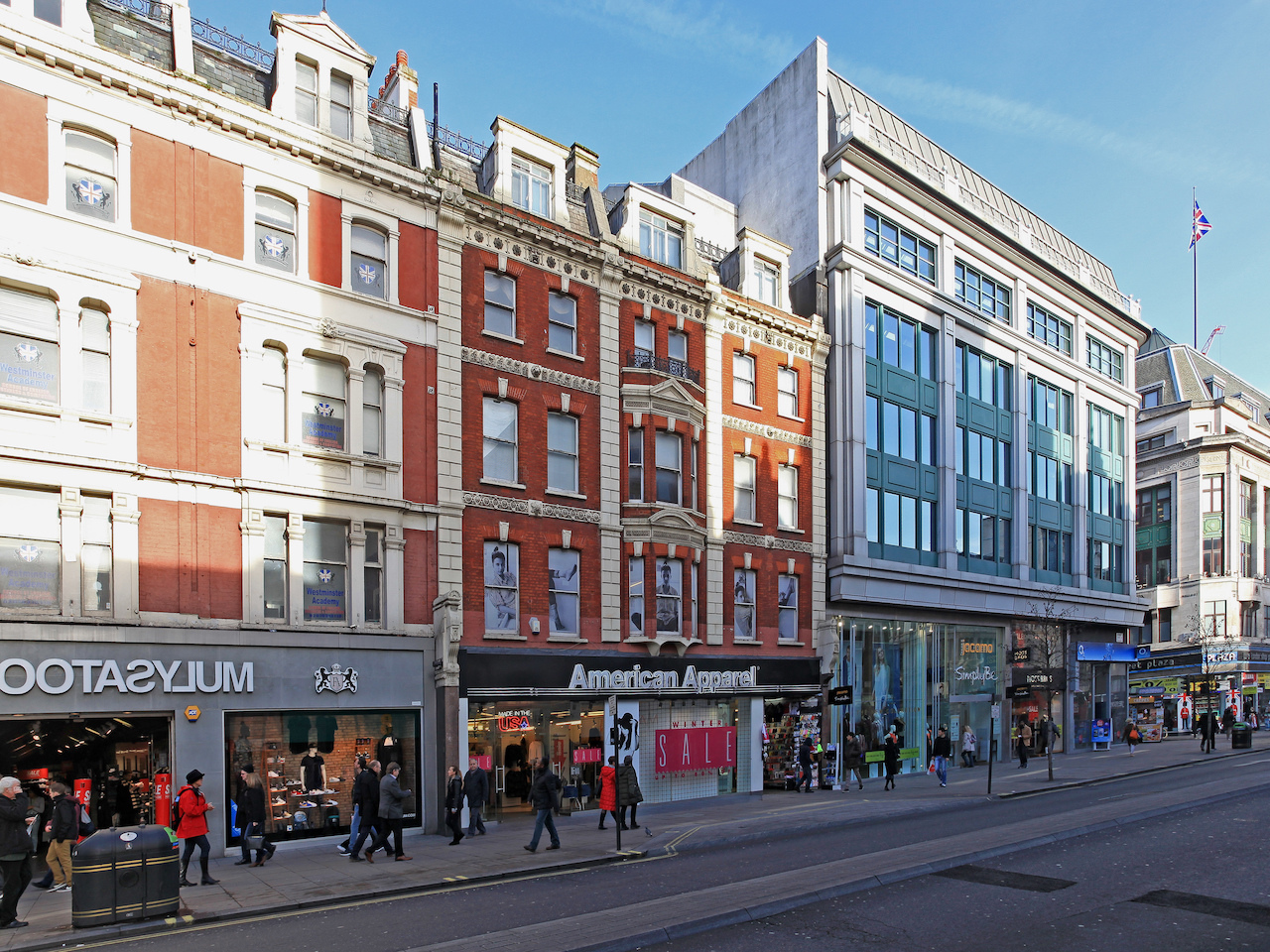The 15 minute office: How Fitzrovia lets tenants go car‑free

Commuting is killing us
It’s 8:15 a.m. and you’re sitting in a queue on the Marylebone flyover, meter ticking, podcasts finished, patience gone. Twenty‑five minutes later, you crawl past a multi‑storey car park that wants £28 for the day, before you even start work. Now imagine stepping off the Northern line at Goodge Street, grabbing an oat flat white on Tottenham Court Road, and still making your 9 a.m. stand‑up with five minutes to spare. Welcome to Fitzrovia’s “15‑minute office”: a hyper‑local workspace model where everything teams flat-transport, lunch spots, gyms, even client sites – sits within a 15‑minute walk or cycle.
For office decision‑makers, the concept isn’t just a lifestyle perk. It chips away at three gnarliest cost lines on the P&L: parking, mileage, and Scope 3 travel emissions, while handing HR a powerful retention talking point.
This article unpacks why Fitzrovia is built for car‑free leasing, the measurable savings, and how to make the transition friction‑free.
-
1
What is a 15‑minute office?
The phrase borrows from the broader 15‑minute‑city planning framework: clustering daily essentials within a quarter‑hour walk to boost liveability and cut carbon. Applied to commercial real estate, a 15‑minute office ensures:
- Proximity radius: Work-life essentials (transit hubs, cafés, gyms, after‑work culture) under 1.2 km away, just a 15‑minute walk.
- Multi‑modal mobility: Safe cycle lanes, e‑scooter bays, and buses cover the “last mile.”
- Low parking dependence: Tenants either share a tiny parking space or none at all.
- Amenity density: High street retail and services under the same postcode keep lunchtime dash times under 10 minutes.
In short, it compresses the spatial and temporal footprint of the workday so effectively that driving becomes irrational.
Why Fitzrovia nails the 15‑Minute formula
1. Transit nodes in a 600-metre grid
Three Underground lines (Northern, Central and Victoria) converge between Tottenham Court Road, Goodge Street and Warren Street. Warren Street to Tottenham Court Road is a three‑minute hop by Tube or a 0.65‑mile stroll.
Elizabeth line interchange at Tottenham Court Road slashes Heathrow or Canary Wharf trips to < 35 minutes.
Seven daytime bus routes and two-night buses trace the same east–west corridor, creating 24‑hour resilience even when one mode falters.
2. Amenity density that rivals Soho
Analysis of Fitzrovia BID footfall shows 946,000 visits in a single March 2024 week, with year‑to‑date visitor numbers passing 10.3 million – proof that retail, dining and cultural gravity are already in situ. Teams can finish a pitch deck, pick up a vegan bánh mì, and have shoes re-heeled – without leaving this central W1.
3. On‑site parking
Fitzrovia’s Georgian street pattern physically limits on‑site parking. Westminster and Camden Councils cap new developments at < 1 space per 1,000 sqm GIA, nudging occupiers toward active travel and public transport passes instead of permit allocations.
4. Last‑mile cycling infrastructure
The Cycleway 6 segregated lane on Maple Street plus Santander docking stations every 250 metres mean most staff can cycle from King’s Cross in under 10 minutes. Landlords now throw in secure bike stores, showers and drying rooms as standard Cat‑A.
What are the benefits for the employee & business?
1. Hard cost savings
Even “average” monthly bay costs in London hover around £149 – nearly £1,800 per employee per year before fuel.
Multiply that by 50 staff and parking outlays hit seven figures over a five‑year lease- money many CFOs would rather redeploy into collaboration tech or fit‑out upgrades.
2. Scope 3 emissions & ESG compliance
Corporate sustainability reports increasingly track Scope 3 Category 6: Business Travel. Switching commuting mode from petrol cars (~0.18 kg CO₂e per passenger‑km) to rail or active travel (~0.04 kg CO₂e or near‑zero) can cut commute emissions by up to 78 % per employee.
3. Hidden HR dividend
Gallup’s State of the Workplace data correlates sub‑30‑minute commutes with 22 % higher engagement scores. A Fitzrovia postcode sits inside the “Goldilocks zone” for 760,000 inner‑London residents – close enough to walk or cycle, far enough to still feel distinct from home.
4. Talent & well‑being: Turning minutes into morale
- Time back in the bank – A 50‑minute daily commute shrinks to 15 minutes, gifting employees 2.9 personal hours per week.
- Flexible scheduling – Walkable commutes widen the feasible window for staggered start times, easing peak‑hour crowding.
- Micro‑break nourishment – Lunchtime errands become 10‑minute micro‑breaks that psychologists link to better afternoon focus.
- After‑work culture – Charlotte Street’s restaurant row and the Dominion Theatre mean team socials don’t require a cross‑town slog.
Hybrid models amplify these perks: staff choose 2–3 anchor days in Fitzrovia, keep deep‑work days at home, and never wrestle for a parking fob.
FAQs
“Clients arrive by car. Don’t we need bays?”
4 public multistorey car parks sit within a 10‑minute walk for occasional VIP visits. Chauffeurs can drop off kerbside and stage off‑site.
“What about heavy deliveries?”
Most Fitzrovia buildings include dedicated service yards. Cycle couriers handle last‑mile stationery and IT spares same‑day.
“London rains – people will still drive.”
Empirical TfL data shows ridership dips < 5 % on rainy days inside Zone 1; umbrellas + Tube > sitting on Euston Road.
“Cycle safety worries me.”
Cycleway 6 and filtered streets yield some of the West End’s lowest KSI rates. Many employers subsidise Bikmo insurance and maintenance workshops.
Embrace the future of work with The Langham Estate
Imagine a workspace where sustainability, convenience, and connection come together. The Langham Estate offices in Fitzrovia offer a truly unique opportunity to work in an environment where everything you need is just a short walk or cycle away.
Explore our premium office spaces and step into a workspace that inspires. Visit Langham Estate today to begin your journey.


